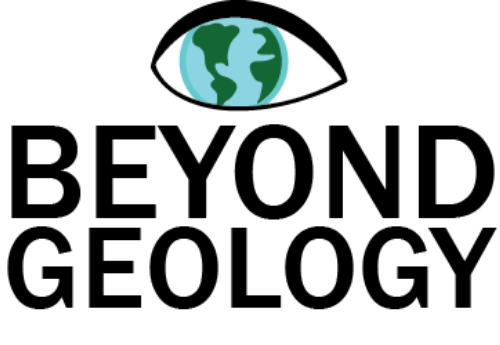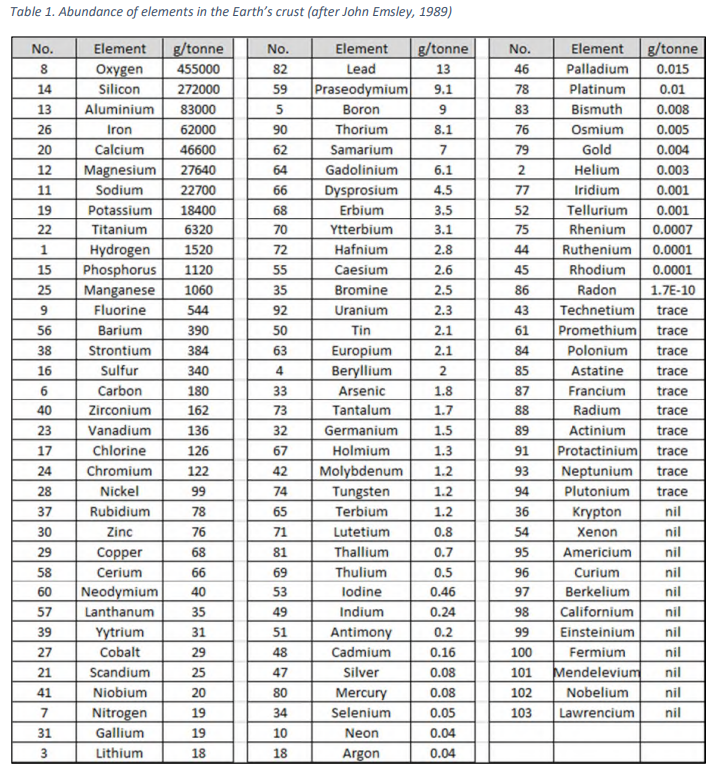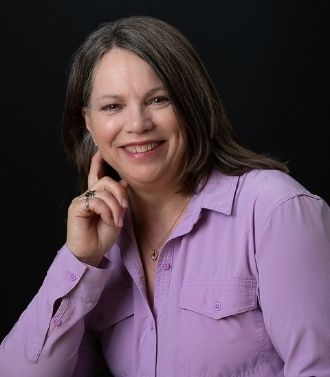Any element/mineral/rock must be of sufficient quantity to make mining economical. Also, it must be in a form that can be separated through a milling and smelting process, if required. This means that having a mineral occurrence doesn’t necessarily mean that the deposit is minable. The successful extraction of a commodity for profit depends on the tonnage, grade, depth, global markets, and commodity price. For the latter, InvestmentMine (2018) is a resource to see the current and historical commodity prices.
John Emsley (1989) published a list of the abundance of the elements in the earth’s crust (Table 1). Making some assumptions, we can get a very rough estimate of the amount of particular elements in Canada based on land area. This involves a very broad assumption that elements are evenly distributed across the planet and the crust, and that we can only mine the elements in the top 2 km of the crust.
The purpose of these assumptions is to get a visual understanding of just how difficult it can be to find a suitable orebody to extract. For example, the abundance of gold in the table is 0.004 g/tonne. Assuming the mass of the earth’s crust to be 2.825 x1019 tonne, this means that there is approximately 1.13x 1017 g (1.1 x 1011 tonne) gold in the crust (2.825 x 1019 tonne x 0.004 g/tonne). However, the majority of mines in Canada mine the top 2 km of the crust. Assuming an average crust thickness of 40 m and that the gold is deposited equally over the area of the earth, this means that Canada’s share is 5% of the volume of the crust or 5.7x109 tonne. The density of gold is 19.32 tonne/mɜ which means there is an estimated 2.9 x 108 mɜ gold in the top 2 km of the crust.
Canada is estimated to have 1.8 x 107 mɜ of gold. Taking the cubic root, this is equivalent to a cube of gold with sides of 260 m. This volume is so small in comparison to the land area of Canada and shows how challenging it is for prospectors to actually find economic deposits to extract. Mining is a complex and unique business where mines have a finite project life based on the size of a given deposit. To be successful, an optimal mining strategy is required to effectively and efficiently extract the commodity.
Sophisticated exploration methods are used by geologists to find mineral deposits. In Canada, professional geoscientists must prepare reports called National Instrument 43-101 (NI 43-101) that disclose the geological information regarding the mineral content of deposits. It is to avoid having misleading or fraudulent mineral information being published and is to protect investors. These reports are made available on the System for Electronic Document Analysis and Retrieval (SEDAR, 2018) website at
SEDAR.COM. Similar resources for technical information are found in Australia with the Joint Ore Reserves Committee Code (JORC) and with the South African Code for the Reporting of Mineral Resources and Mineral Reserves (SAMREC).
Though reporting requirements are different between countries, the disclosure of information can be used to learn about how mineral discoveries have progressed from being discovered through to eventual mine production. In reading through these documents, it is possible to ascertain how a mining company values their orebody and determines how economical a specific portion of an orebody is. Depending upon the mine, the royalty structure and ownership at a particular time may be explained as well.




